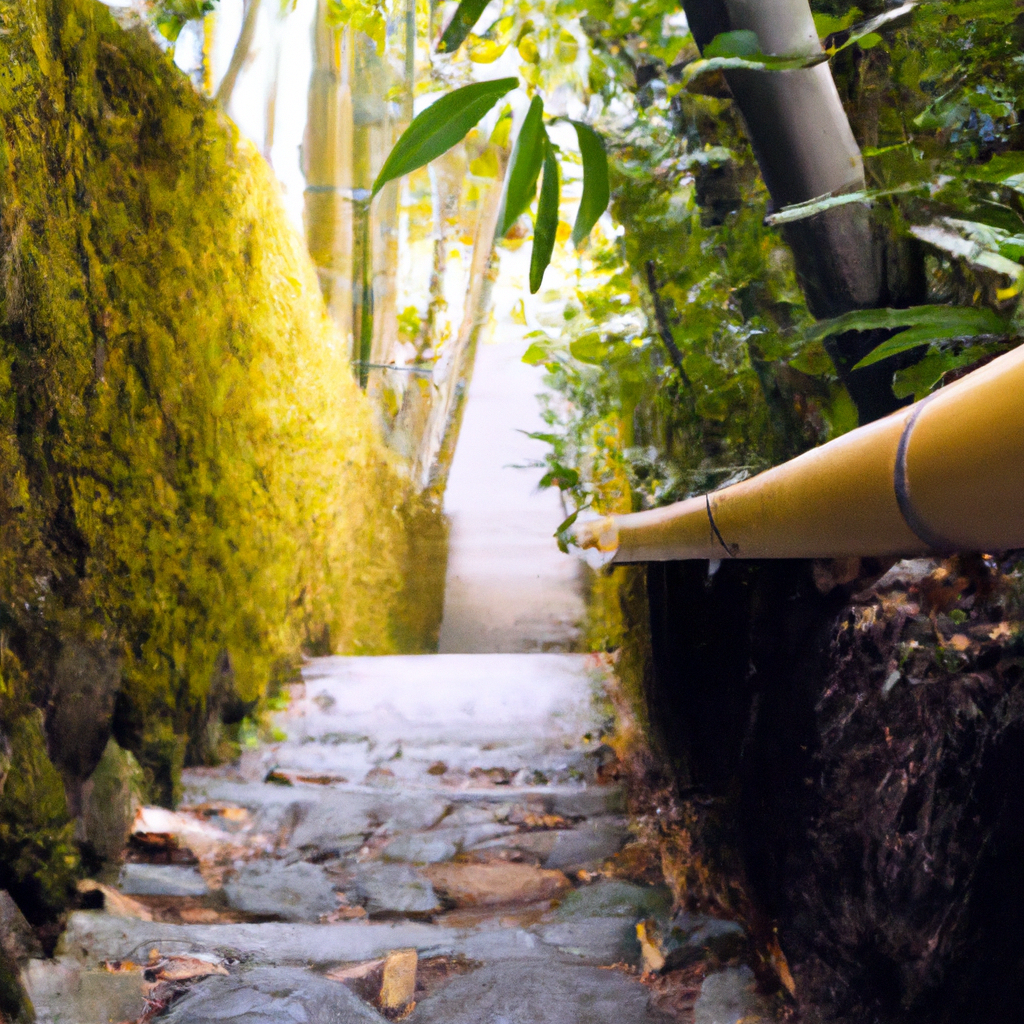Japanese Garden Design: Understanding the Principles
Japanese gardens are renowned for their tranquil and serene beauty. They are designed to create a sense of harmony and balance between nature and human beings. The principles of Japanese garden design are deeply rooted in the country’s culture, religion, and philosophy, which values simplicity, restraint, and naturalness. In this article, we will explore the principles of Japanese garden design and how they are applied in creating these stunning landscapes.
Principles of Japanese Garden Design
1. Wabi-Sabi
Wabi-Sabi is a Japanese aesthetic that values imperfection, asymmetry, and irregularity. In Japanese garden design, this principle is reflected in the use of natural materials such as rocks, stones, and wood, which are left in their original state. The idea is to create a sense of naturalness and simplicity that enhances the garden’s beauty.
2. Kanso
Kanso is a principle that emphasizes simplicity and minimalism. Japanese gardens are designed to have a clear and uncluttered layout with minimal ornamentation. The idea is to create a sense of calm and tranquility that allows the viewer to focus on the garden’s natural beauty.
3. Shakkei
Shakkei, also known as “borrowed scenery,” is a principle that involves incorporating the surrounding landscape into the garden design. This creates a sense of continuity between the garden and its surroundings, making it feel like an extension of the natural environment.
4. Karesansui
Karesansui, also known as a “Zen garden,” is a type of Japanese garden that features a dry landscape of rocks, sand, and gravel. These gardens are designed to create a sense of calm and tranquility, with the viewer encouraged to meditate on the patterns and textures of the rocks and sand.
5. Shizen
Shizen is a principle that emphasizes naturalness and the use of natural materials. Japanese gardens are designed to blend seamlessly with their surroundings, using natural materials such as rocks, stones, and plants that are native to the region. The idea is to create a garden that feels like it has always been there, rather than something that has been artificially created.
6. Yohaku-no-bi
Yohaku-no-bi, also known as “the beauty of empty space,” is a principle that emphasizes the importance of negative space in Japanese garden design. The idea is to create a sense of balance and harmony between the garden’s elements, with the empty space serving as a counterbalance to the more prominent features of the garden.
7. Fukei
Fukei is a principle that involves creating a sense of depth and perspective in the garden design. This is achieved through the use of different levels, such as stepping stones, bridges, and hills, which create a sense of movement and flow within the garden.
Applying the Principles of Japanese Garden Design
Japanese garden design is a complex and multifaceted art form that requires a deep understanding of Japanese aesthetics, horticulture, and landscaping. Here are some key elements to consider when creating a Japanese garden:
1. Choose the right plants: Japanese gardens typically feature a variety of plants, including evergreens, deciduous trees, and flowering shrubs. Choose plants that are native to the region and that will thrive in your garden’s climate and soil conditions.
2. Create a focal point: Japanese gardens often feature a focal point, such as a water feature, a rock garden, or a statue. Choose a focal point that complements the rest of your garden’s design and that creates a sense of balance and harmony.
3. Use natural materials: Japanese gardens are designed to create a sense of naturalness and simplicity. Use natural materials such as rocks, stones, and wood to create a garden that blends seamlessly with its surroundings.
4. Incorporate water: Water features such as ponds, streams, and waterfalls are an essential element of Japanese garden design. They create a sense of tranquility and calm and are often used to reflect the surrounding landscape.
5. Pay attention to lighting: Lighting is an essential element of Japanese garden design. Use lighting to highlight your garden’s focal points and to create a sense of depth and perspective.
Conclusion
In conclusion, the principles of Japanese garden design are deeply rooted in the country’s culture, religion, and philosophy. They value simplicity, naturalness, and harmony, and are reflected in the use of natural materials, minimalism, and the incorporation of the surrounding landscape. By understanding these principles and applying them to your garden design, you can create a beautiful and serene landscape that reflects the tranquility and harmony of Japanese culture.







